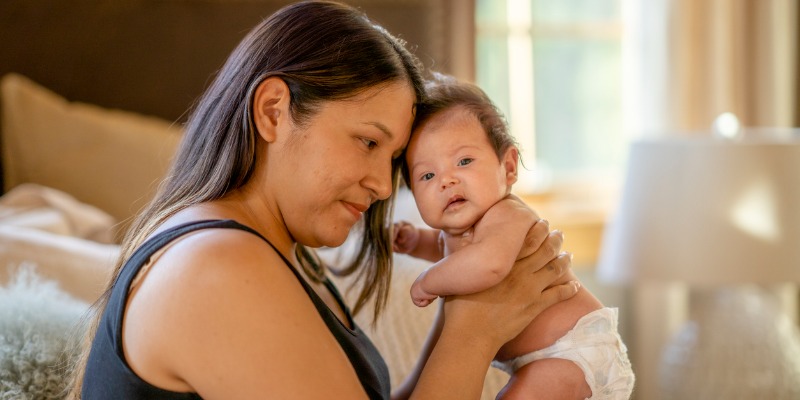Ottawa spends billions on settlements with little effect on Indigenous living standards

Since 2020, the federal government’s rate of spending increase has slowed somewhat as the pandemic winds down. While echoing Finance Minister Chrystia Freeland, many commentators hailed Budget 2022 (released in April) for its “moderation.”
The budget’s spending, however, was moderate only compared to the enormous burst of spending the previous two years. And outlays on Indigenous programs continued their explosive growth. According to the budget, Indigenous spending is forecast to rise from $25 billion in 2021-22, the just-completed fiscal year, to $35.5 billion in fiscal 2026-27.
That’s an increase of $10.5 billion or 42 per cent in nominal dollars. Inflation, now running at almost 7 per cent a year, may eat away much of the increase, but the Trudeau government has overshot all Indigenous spending targets in the past and will likely increase the Indigenous envelope even more if inflationary pressures continue.
Not only is Indigenous spending growing in absolute terms, it’s increasing as a share of the overall federal budget. In fiscal 2019-20, the last pre-COVID year, Indigenous spending was 6.1 per cent of the federal budget while it’s projected to grow to a 7.7 per cent share in 2026-27. American economist Herb Stein famously said that “what can’t go on, won’t,” but the Trudeau government seems far from reaching any limit on Indigenous spending.
Of course, it would be wrong to object to such outlays if they led to actual prosperity for First Nations. But unfortunately, there’s little evidence for that. Previous vast increases in Indigenous spending have never led to proportionate increases in the First Nation Community Well-Being (CWB) Index, the best available measure living standards. We won’t see updated CWB data until 2023; but in view of the past, it will be amazing if Ottawa’s huge spending increases, which have been ongoing since 2015, are correlated with any proportional rise in the CWB Index.
This is especially true because negotiated settlements to class actions and other judicial claims—not careful planning for the future—drive much of the increase in Indigenous spending. The latest example is the $40 billion out-of-court settlement to the child welfare grievance originally adjudicated by a Human Rights Tribunal. In this settlement, announced at the beginning of 2022, the government agreed to pay $20 billion in compensation to individual claimants while adding another $20 billion to child and family welfare programs for First Nations.
Unless Canada’s social work profession is totally misguided, some of these Indigenous children were probably saved from harm or even death at the hands of abusive parents. Yet all Indigenous children taken into care from 1990 to the present will receive $40,000 apiece for their alleged loss of human rights. The same amount will be paid to parents for each child taken into care, with no inquiry into whether the parents were negligent or abusive.
The total amount is huge relative to the overall Indigenous spending envelope, but only the most sophisticated observers (including the Parliamentary Budget Officer) have been able to see its impact on overall spending. That’s because, due to the magic of accrual accounting (booking expenses in the year they were incurred rather than the year they’re actually distributed), the $20 billion individual compensation payments have been backdated to fiscal 2021-22 and do not show up in future projections. This fiscal sleight-of-hand may not be deliberately deceptive, but it conveniently obscures the impact on the budget.
There will be a $20 billion windfall for individuals, but will such payments lead to permanent improvements in housing, education, income and employment—the four components of the CWB Index? Probably not. It’s human nature to spend windfalls on current desires rather than long-term investments in well-being. Moreover, many of the recipients don’t even live on-reserve, so any improvements in their lives will not show up in the CWB measure.
The American New Dealer Harry Hopkins famously said, “Tax and tax, spend and spend, elect and elect.” Yet a taxpayer rebellion is sure to come someday, as it did in 1993. And when that happens, the Indigenous vote will not be enough to keep a spendthrift government in power.
Author:
Subscribe to the Fraser Institute
Get the latest news from the Fraser Institute on the latest research studies, news and events.

